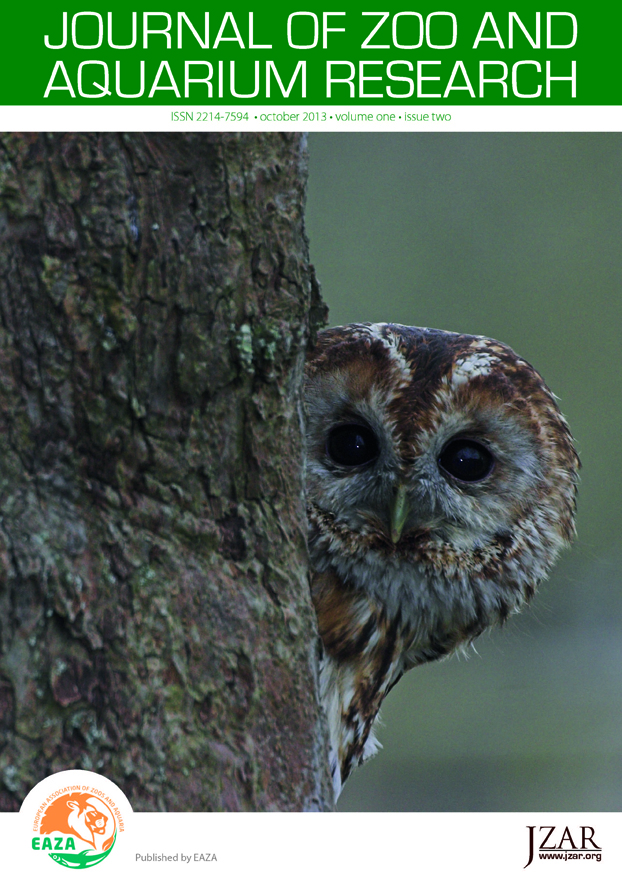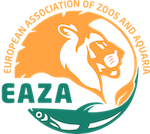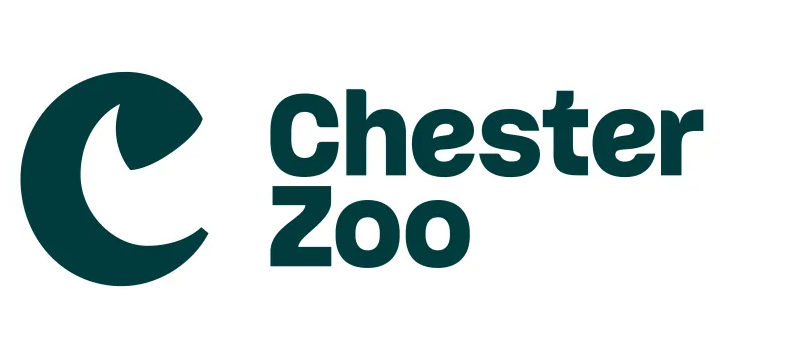Response of predatory birds to varying levels of difficulty in obtaining food
DOI:
https://doi.org/10.19227/jzar.v1i2.34Abstract
This study investigated the development of the ability to obtain food in predatory wild birds (Ardea cinerea, Accipiter gentilis, Milvus migrans, Athene noctua, Strix aluco and Bubo bubo) in a wildlife rehabilitation centre. Birds were stimulated to find/capture food, dead or alive, at five levels of increasing difficulty, and compared with controls. Each level of difficulty lasted about a week for each animal. They were only moved to the next level if they did not lose weight and did not show signs of loss of physical abilities. Weights were obtained about once every seven days. The mean time taken to reach the highest level of difficulty was shorter for Strigiformes (16.6 ± 8.8 days) – especially Athene noctua – when compared to Falconiformes (54.1 ± 10.2 days). When compared to control birds, the animals tested did not show significant weight loss. The time to reach prey competence (number of days a bird needed to attain the last level and stay there at least a week) ranged between 10 and 47 days. The time that the test birds needed to reach the last level (and full recovery) was not significantly different from the time controls took to recover. The number of weights (the total number of times a bird was weighed until it reached the final level and stayed there, reflecting the number of manipulations to which individuals were subjected during the recovery process) ranged from five to 10, while the average for controls was 5.9 ± 1.87. We conclude that adding some degree of difficulty to the feeding of captive birds of prey recovering at wildlife centres does not seem to have negative effects on the recovery process itself or on the centre’s routine work, and can contribute to improving birds’ physical and psychological health as it stimulates movements and skills that, apart from the recovery process itself, may increase the chances of survival when the birds are released.Downloads
Published
How to Cite
Issue
Section
License
JZAR fulfils the DOAJ definition of open access and provides free and open access to the full text of all content without delay under a Creative Commons licence. The copyright holder of JZAR publications grants usage rights to third parties, allowing for immediate free access to the work and permitting any user to read, download, copy, distribute, print, search, or link to the full texts of articles.







